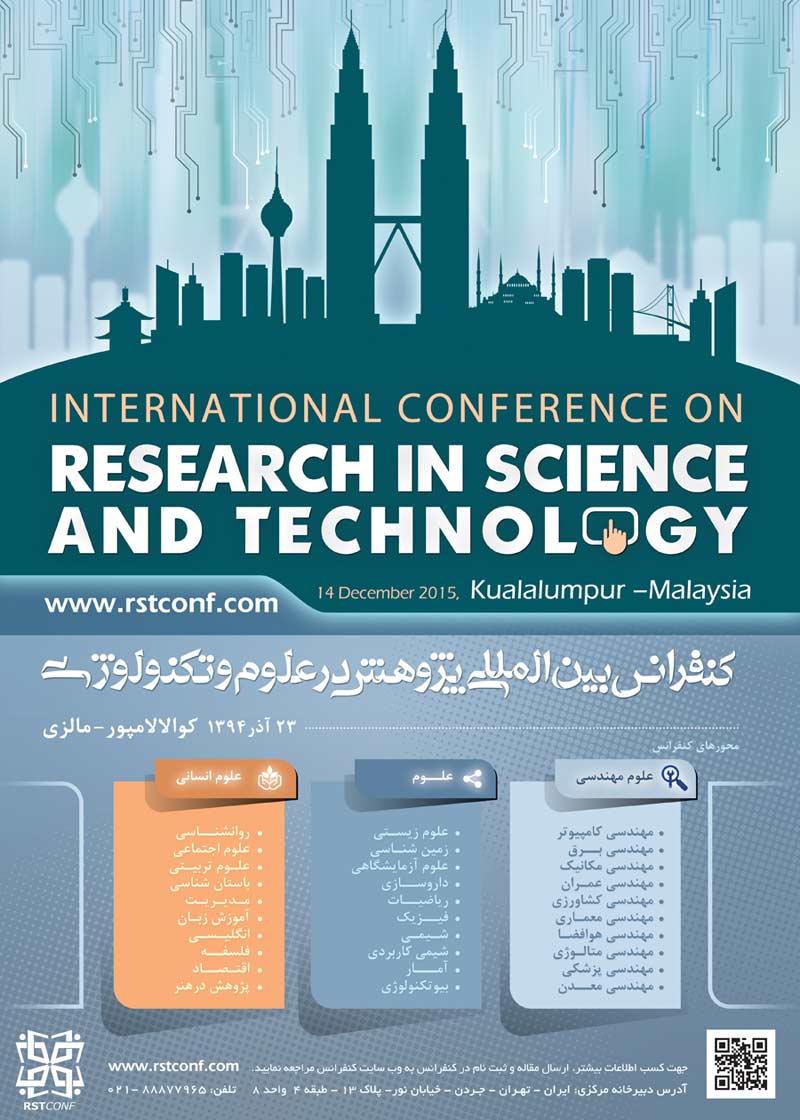
- تاریخ انتشار : ۱۳۹۵
- ناشر : کنفرانس بین المللی پژوهش در علوم و تکنولوژی
- زبان مقاله : همه
- تعداد صفحات : 9
- حجم فایل : 0 کیلوبایت
- نوع مقاله : مجموعه مقالات کنفرانس
- مجموعه : مهندسی و فناوری
چکیده مقاله
Stuttering, as the most common speech disorder, is one of the best issues in the field of interdisciplinary research. Several methods have been used to identify and classify stuttering, such as artificial neural network (ANN), hidden Markov model (HMM) and support vector machine (SVM). Here we have used the SVM, because the use of ANN or HMM requires some data for training and testing, but our proposed method is much faster and classifies data with better accuracy. Our proposed system consists of five steps include: 1. Receiving sample signal, 2. Pre-processing sample signal, 3. compute the required features, 4. Feature extraction, and 5. Category sample to the appropriate class. We used different methods for Feature extraction, such as Mel frequency Cepstrum coefficient (MFCC). Some used features are also included: Max FFT, Kurtosis, Skewness and etc. We used SVM and LDA for making decision and classification to remove extra features and get the most out of it. For this purpose, 60 labeled samples form 10 regular people and 20 stutterer whom were frequent speech therapy goers were used randomly. The best result and analyses was achieved for Max FFT characteristic with 100% accuracy in stutter diagnosis and 95% accuracy in diagnosis of the type of stutter.
نحوه استناد به مقاله
در صورتی که می خواهید به این مقاله در اثر پژوهشی خود ارجاع دهید، می توانید از متن زیر در بخش منابع و مراجع بهره بگیرید :
Mohammad Reza Khaleghi ؛Fatemeh Hasani ؛ ۱۳۹۴، Diagnosing Stuttering from Fluency Speech and Type of Stuttering in the Persian Language by Merging MFCC & FFT and using Support Vector Machine، کنفرانس بین المللی پژوهش در علوم و تکنولوژی، https://scholar.conference.ac:443/index.php/download/file/3944-Diagnosing-Stuttering-from-Fluency-Speech-and-Type-of-Stuttering-in-the-Persian-Language-by-Merging-MFCC-&-FFT-and-using-Support-Vector-Machine
در داخل متن نیز هر جا به عبارت و یا دستاوردی از این مقاله اشاره شود پس از ذکر مطلب، در داخل پرانتز، مشخصات زیر نوشته شود.
(Mohammad Reza Khaleghi ؛Fatemeh Hasani ؛ ۱۳۹۴)
